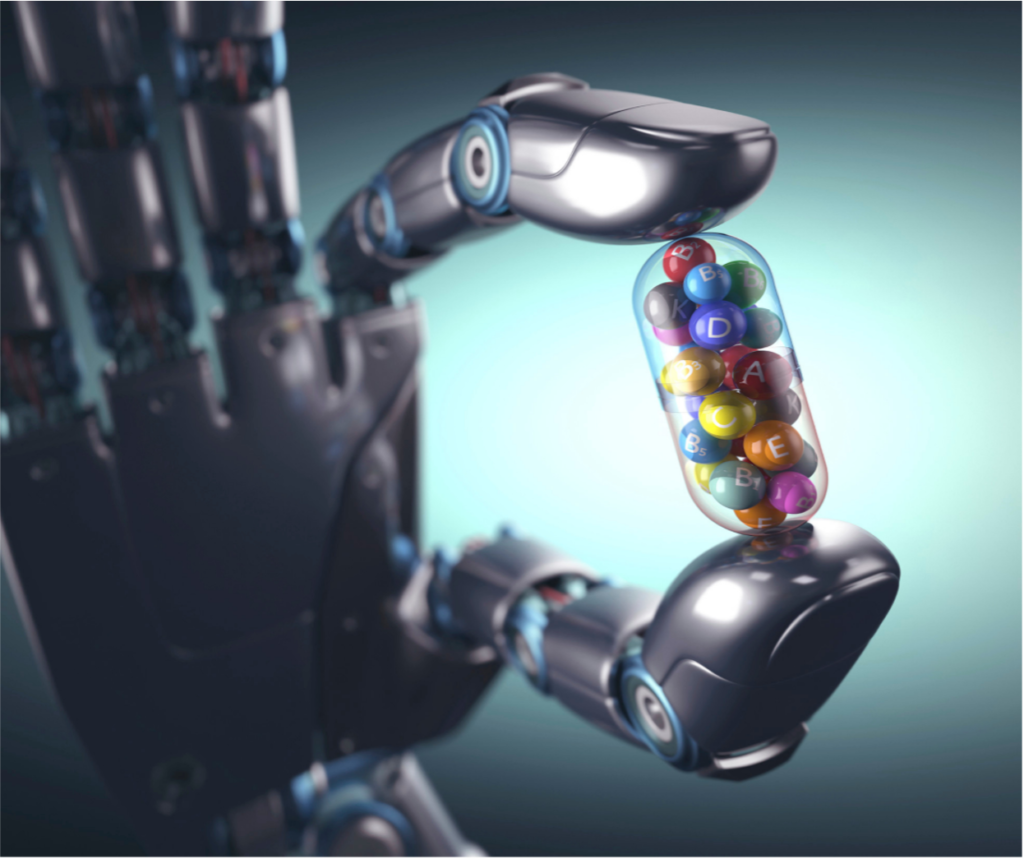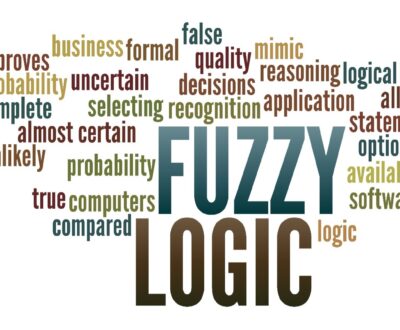Basic Concept of Machine Learning and Its Applications in Drug Development
- 8th August 2021
- Machine Learning

Drug development is a lengthy process, and it depends on various factors. With technology development, the machine learning approach can improve discovery and decision-making for well-defined criteria and high-quality data. The primary challenge while applying machine learning is the lack of interpretability and the risk of repeatability of ML-generated results. However, rapid speed is very much needed in the drug development process compared to the current approach with slow productivity. With a better technological approach with machine learning, we can fast-track the usual processing period. ML guides and helps learn a system to interfere and make decisions by itself without any outer help. The decisions are taken when the system picks up the pattern. With past experiences, it can improvise; it uses a primary data reference of learning from the data it had been provided and decodes the connected patterns present within it. Having an initial data set for primary comparison is crucial. Over time, with the newly acquired data, the system can find a pattern and base its decision upon it.
To have a better sense of operation, we need to dive in a little further to grasp the basic idea. ML tasks in a broader sense could be categorised in three parts:
- Supervised Learning
- Unsupervised Learning
- Sequential Learning
In further consideration, data in ML are of two types
- labelled
- unlabelled.
Supervised Learning
Supervised learning can be defined as when the model system is getting trained on a labeled dataset. Labeled dataset is one of the type which comprises both input and output parameters. Initially, while a system in training data can be primarily separated into 4:1 portions, most part of the data can be initially fed to the system as training data. Then as the system gets ready, then the rest of the new data are introduced. The model will predict some value, and we will compare it with the actual output and calculate the accuracy. Eventually, the model gets trained it can start making predictions and recognize patterns. The Major advantage we get the model can predict the output on the basis of prior experiences.
Unsupervised Learning
As it is apparent from the name in this technique, models are not supervised using the primary training datasets. In this technique, the model finds the hidden patterns and insights from the provided data. It can be compared with the human brain while learning new things. However, these techniques cannot be directly applied to problems like regression or classification. The aim for unsupervised learning is to recognize the underlying structure of the dataset, similar groups with similar data, and represent the data set in a compressed format. Supervised learning can solve real life problems like fraud detection, spam filtering etc.
It can be useful in finding insights from the data. It is a much closer approach to human learning and also to real AI. Unsupervised learning can work on unlabelled and uncategorized random data, and this makes it so important for application. The basic advantage we get from unsupervised learning is that it can be used for complex tasks as we don’t have to have the labeled data for this. But it also has some drawbacks, like the output is less likely to be fully accurate, and as the input data is not labeled, so the algorithms do not know the accurate output in advance.
ML algorithms are not exclusive to similar subsets of AI. Random Forest is a popularly used algorithm widely used for large datasets with various attributes. The underlying mathematical process of RF comprises several uncorrelated decision trees as an ensemble; each tree is responsible for determining into one prediction. Another approach is Naïve Bayesian; it is an algorithm that is a subset of the supervised learning method, which has become one of the most required tools in predictive classification. The effectiveness of NB along with decision tree algorithms for text mining usage is still not determined. These approaches enhance the accuracy of retrieved data sets, which generally originate in significant, muddled sources. The usage of ML-based mining has proved to be very successful with the arrival of high output data generation and collection. These algorithm approaches have been extensively used alongside the vast data generated utilizing high output sequencing to boost up the target discovery process.
The innovative approach of algorithm-assisted data collection and manipulation has already been implemented in upcoming research. Researchers succeeded in use of unsupervised learning techniques through Gene Cluster with identifying category of cell lines; one of which was a primary melanoma group, and the other was an aggressive melanoma group. ML-based techniques try to rejuvenate the drug development process. These processes are primarily based on separate applications in the target discovery method, lead compound discovery method, synthesis approach, protein-ligand interactions, etc. Machine Learning-based applications are initially laying the path for algorithm-increased data query, analysis also in generation. As an example, ML incorporated into target discovery, based mainly on the rectification and in search of present omics and medical data. With AI integration using ML techniques, viable targets can be found using data clustering, regression, and classification from vast omics databases and sources. Owing to more accurate algorithms, more efficient supercomputers, and profound private and public funding into the research and development field, these applications are becoming more intelligent, cost-effective, and time-efficient while boosting efficacy.
About us and this blog
We are a digital marketing company with a focus on helping our customers achieve great results across several key areas.
Request a free quote
We offer professional SEO services that help websites increase their organic search score drastically in order to compete for the highest rankings even when it comes to highly competitive keywords.
Subscribe to our newsletter!
More from our blog
See all postsRecent Posts
- Fuzzy Logic in Data Mining 4th October 2021
- Cryptocurrency Mining – A Basic Idea 9th September 2021
- AI Utilization in Retail Business Model 2nd September 2021






Pingback: kamagra en ligne canada sans ordonnance
Pingback: objednávka kamagra bez rx
Pingback: buying itraconazole no prescription mastercard
Pingback: order fildena generic pharmacy usa
Pingback: cheapest buy gabapentin generic uk next day delivery
Pingback: comprar flexeril cyclobenzaprine generica
Pingback: how to order dutasteride generic alternatives
Pingback: canadian avodart sales
Pingback: order staxyn without prescriptions uk
Pingback: purchase xifaxan canada discount
Pingback: discount rifaximin cheap wholesale
Pingback: cheap enclomiphene us prices
Pingback: discount androxal price new zealand
Pingback: MyBlog